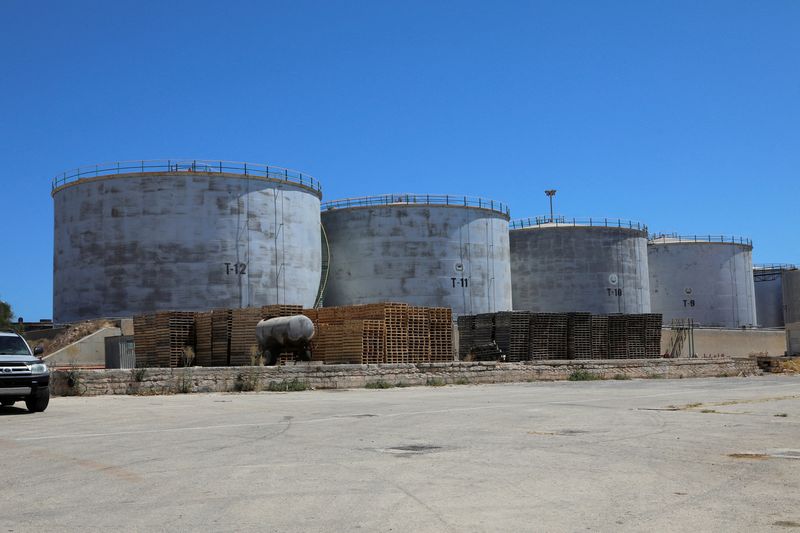Commodities
Oil steady but on track for weekly drop on firmer supply outlook

By Paul Carsten
LONDON (Reuters) -Oil prices held steady on Friday but remained on track for a weekly fall as investors weighed expectations for increased output from Libya and the broader OPEC+ group against fresh stimulus from top importer China.
futures were up 8 cents, or 0.1%, at $71.68 per barrel as of 1130 GMT, while U.S. West Texas Intermediate crude futures were up 11 cents, or 0.2%, to $67.78.
On a weekly basis, Brent was down almost 4%, while WTI was on track to lose nearly 6%.
“The recent decision by OPEC+ to ramp up production has only added to the gloom,” said Priyanka Sachdeva, senior market analyst at Phillip Nova, adding that the oil market has been struggling with weakening demand over the past few months.
“While it’s uncertain whether Chinese stimulus will translate into higher fuel demand, it may still offer some respite to the oil market.”
China’s central bank on Friday lowered interest rates and injected liquidity into the banking system, aiming to pull economic growth back towards this year’s target of roughly 5%.
More fiscal measures are expected to be announced before Chinese holidays starting on Oct. 1 after a meeting of the Communist Party’s top leaders showed an increased sense of urgency about mounting economic headwinds.
Meanwhile, rival factions staking claims for control of the Central Bank of Libya signed an agreement to end their dispute on Thursday. The dispute had seen crude exports fall to 400,000 barrels per day (bpd) this month from more than 1 million last month.
Separately, the Organization of Petroleum Exporting Countries (OPEC) and its allies, together known as OPEC+, will go ahead with plans to increase production by 180,000 bpd each month starting from December, two OPEC+ sources said.
A Financial Times report on Wednesday said the planned increase is due to Saudi Arabia’s decision to abandon a $100 oil price target and gain market share.

Saudi Arabia has repeatedly denied targeting a certain oil price, and sources at the wider group told Reuters that the plans to raise output from December do not represent any major change from existing policy.
“These extra barrels will not make an unexpected re-appearance, have been accounted for in forecasts, and the move will entail a reduction in the group’s spare production capacity,” said Tamas Varga of oil broker PVM.
Commodities
Oil prices rise; U.S. crude inventories plunge, Russia-Ukraine truce eyed
Commodities
India’s Reliance to stop buying Venezuelan oil over US tariffs, sources say
Commodities
Oil prices climb on Venezuela supply worries

 Forex3 years ago
Forex3 years agoForex Today: the dollar is gaining strength amid gloomy sentiment at the start of the Fed’s week

 Forex3 years ago
Forex3 years agoUnbiased review of Pocket Option broker

 Forex3 years ago
Forex3 years agoDollar to pound sterling exchange rate today: Pound plummeted to its lowest since 1985

 Forex3 years ago
Forex3 years agoHow is the Australian dollar doing today?

 Cryptocurrency3 years ago
Cryptocurrency3 years agoWhat happened in the crypto market – current events today

 World3 years ago
World3 years agoWhy are modern video games an art form?

 Commodities3 years ago
Commodities3 years agoCopper continues to fall in price on expectations of lower demand in China

 Economy3 years ago
Economy3 years agoCrude oil tankers double in price due to EU anti-Russian sanctions























